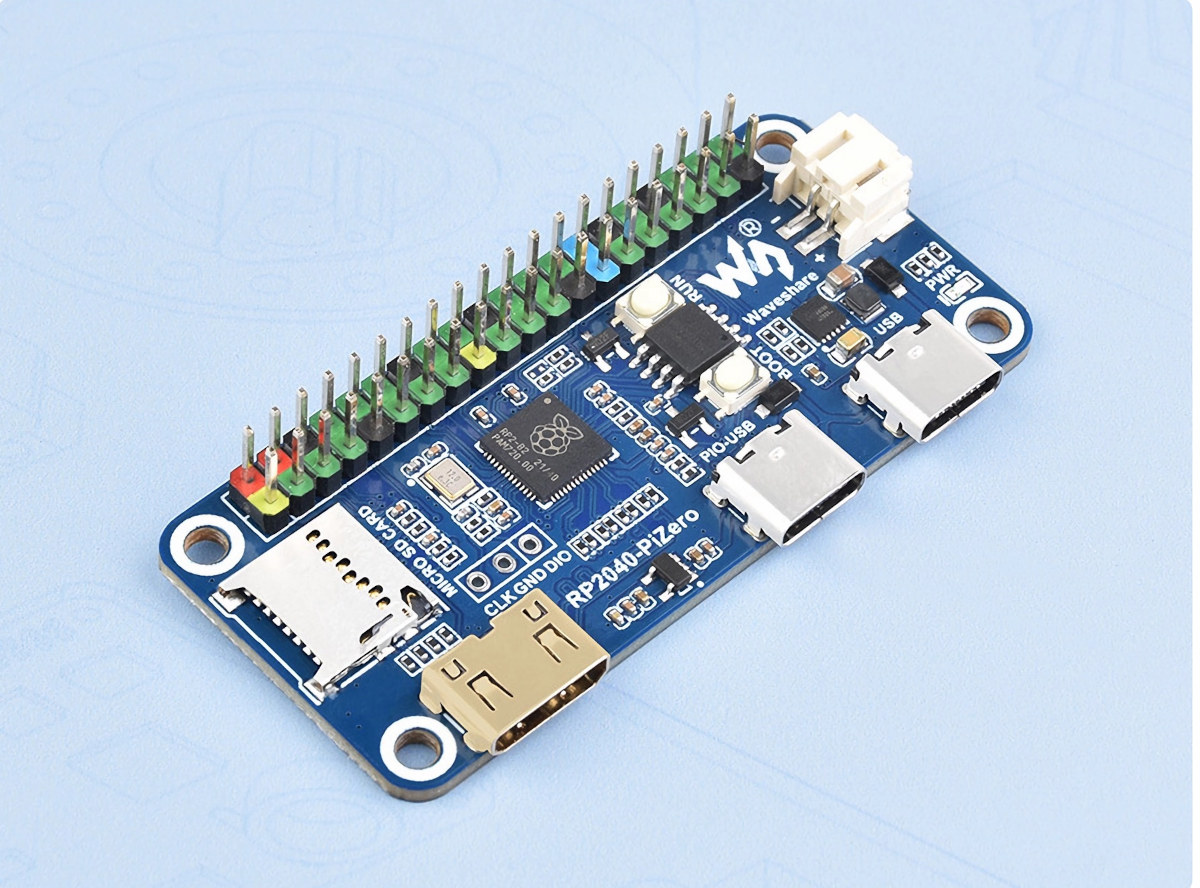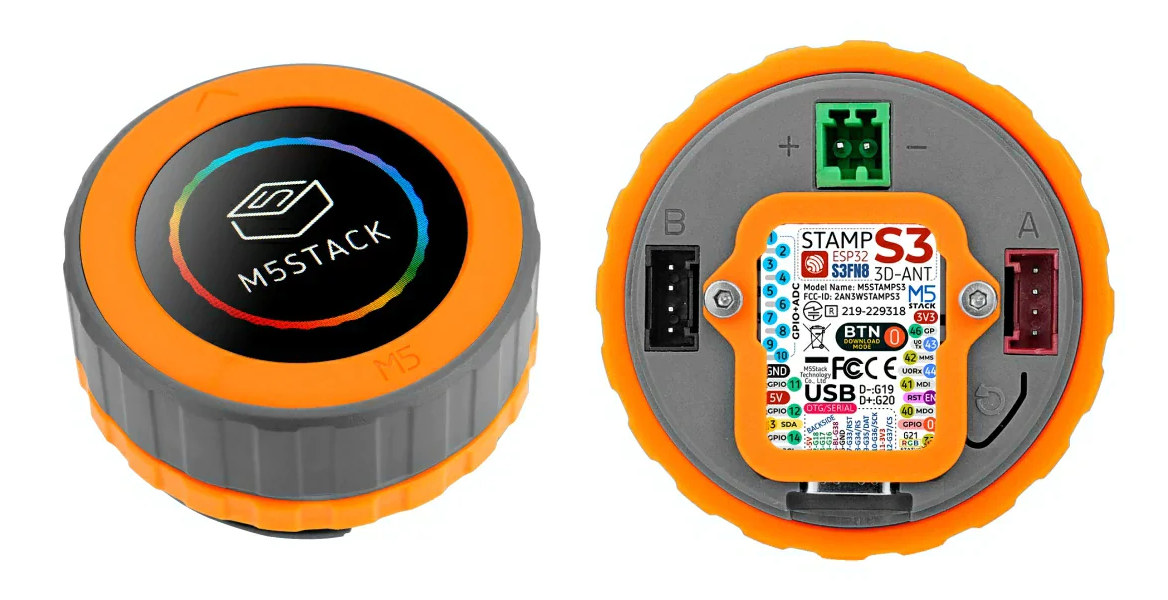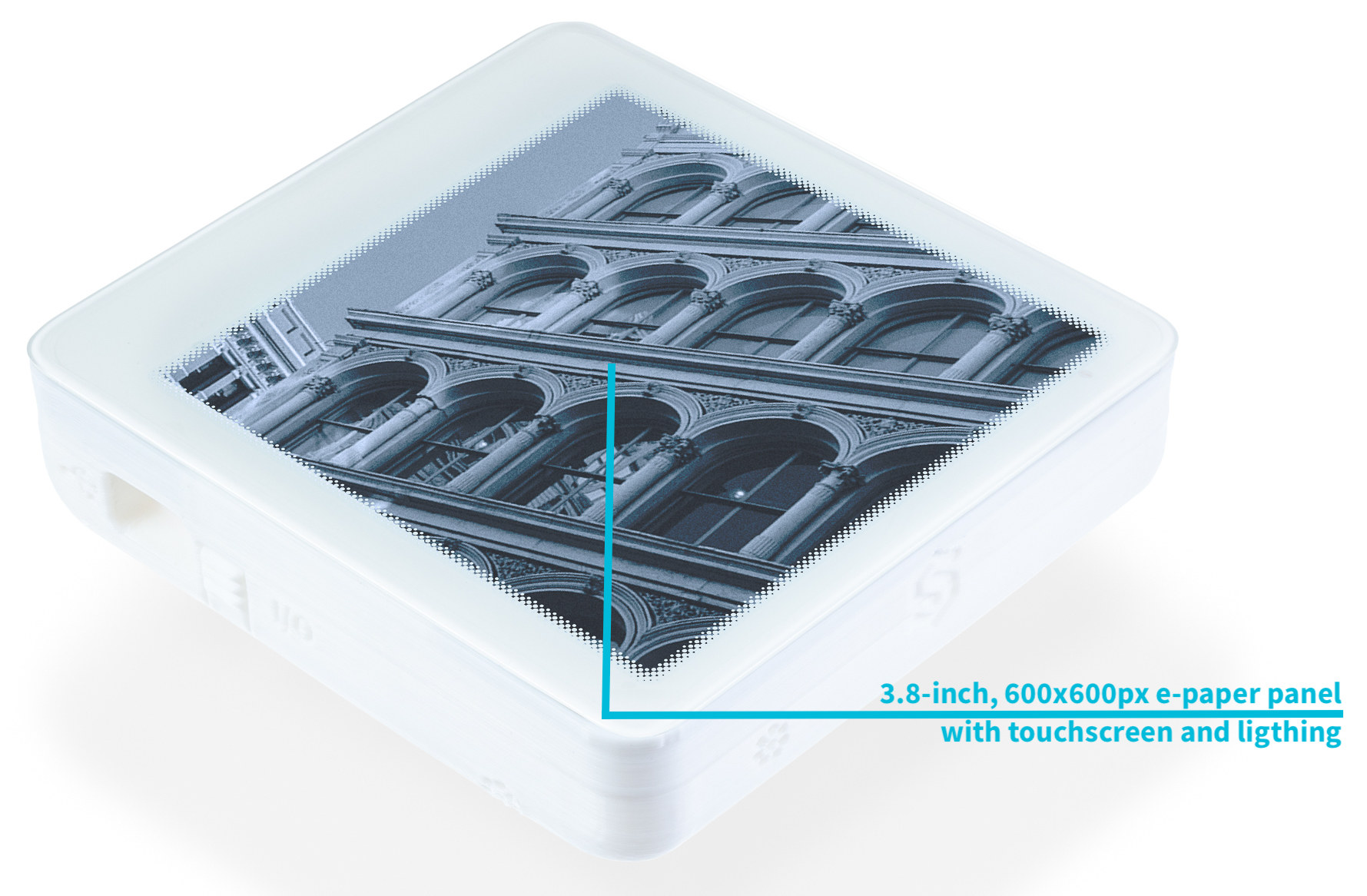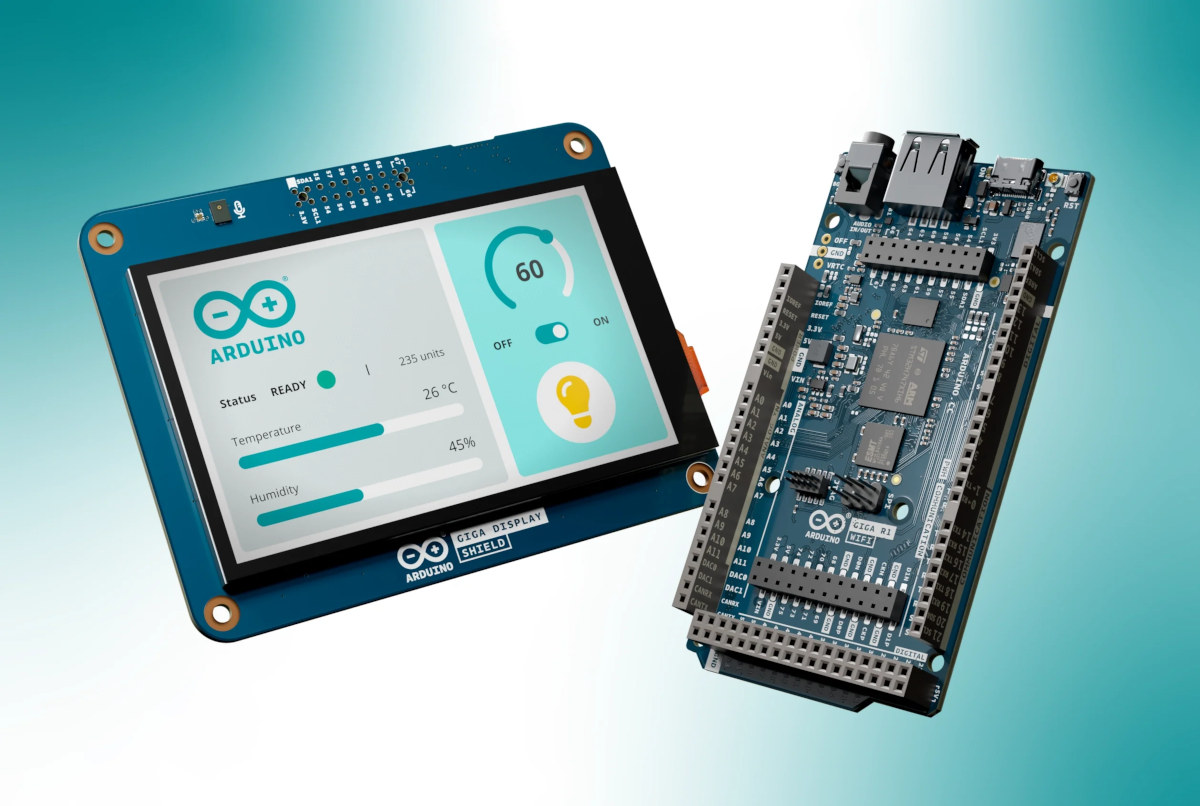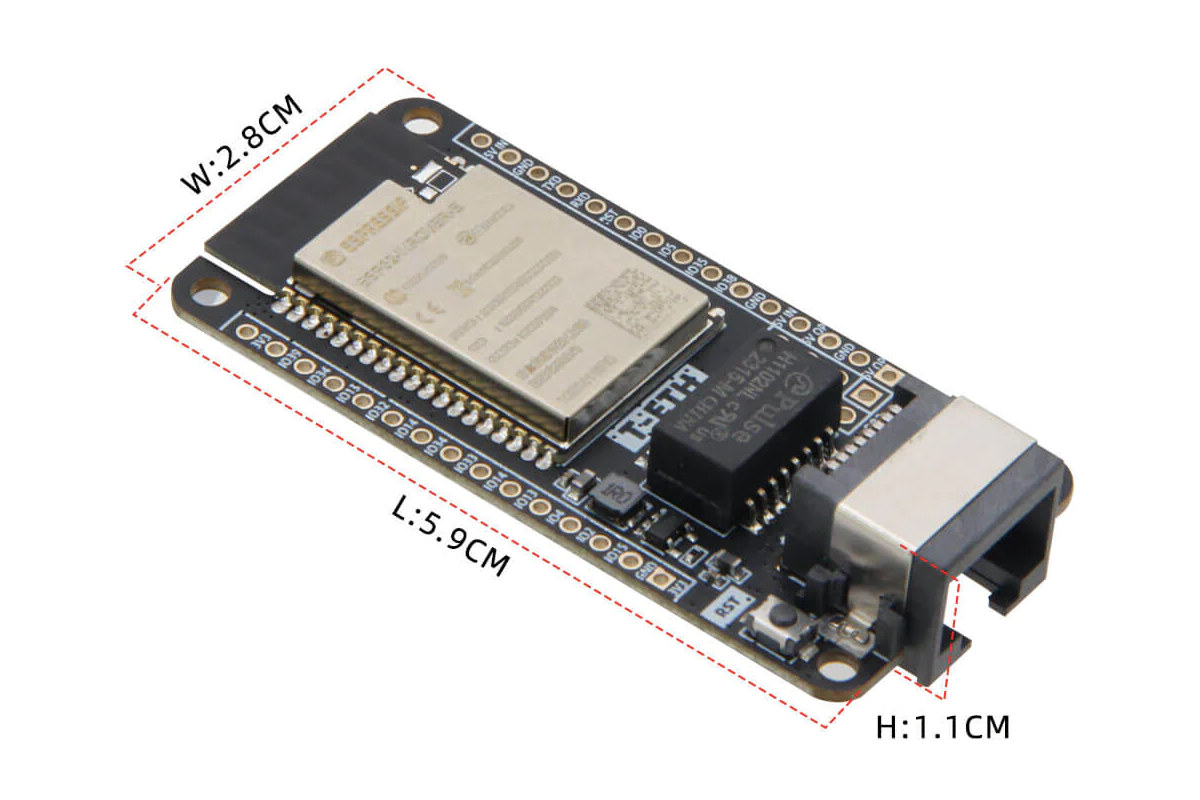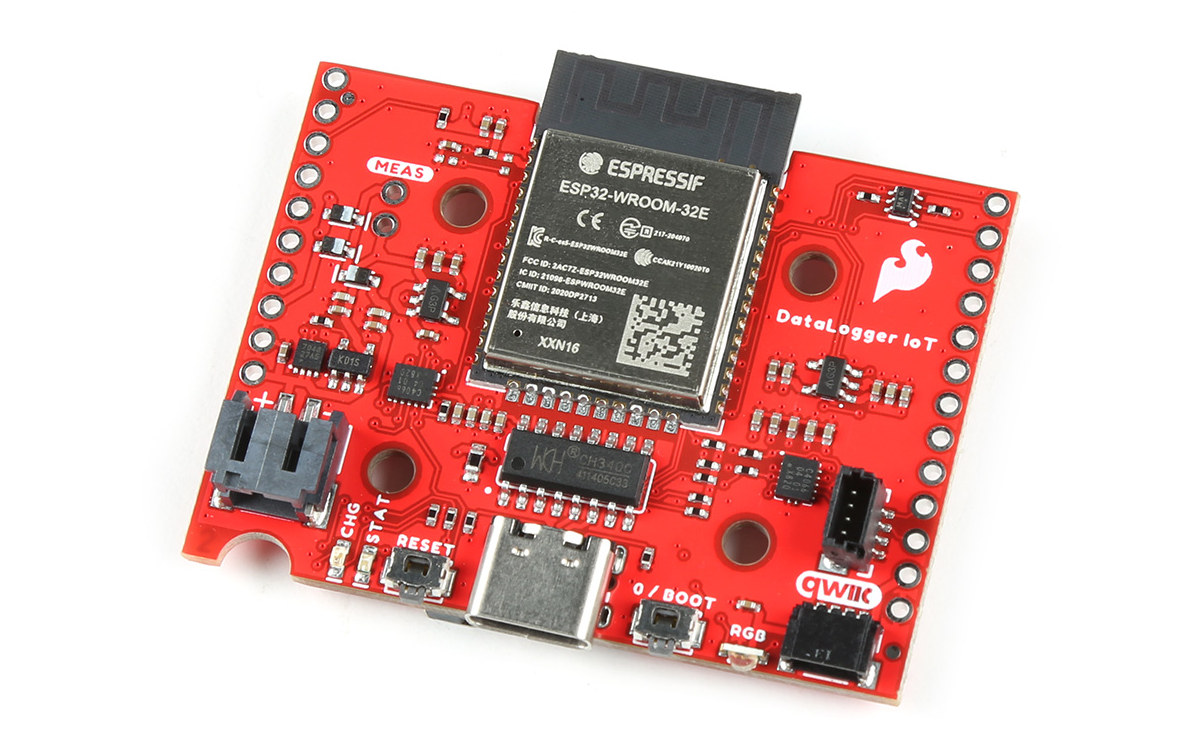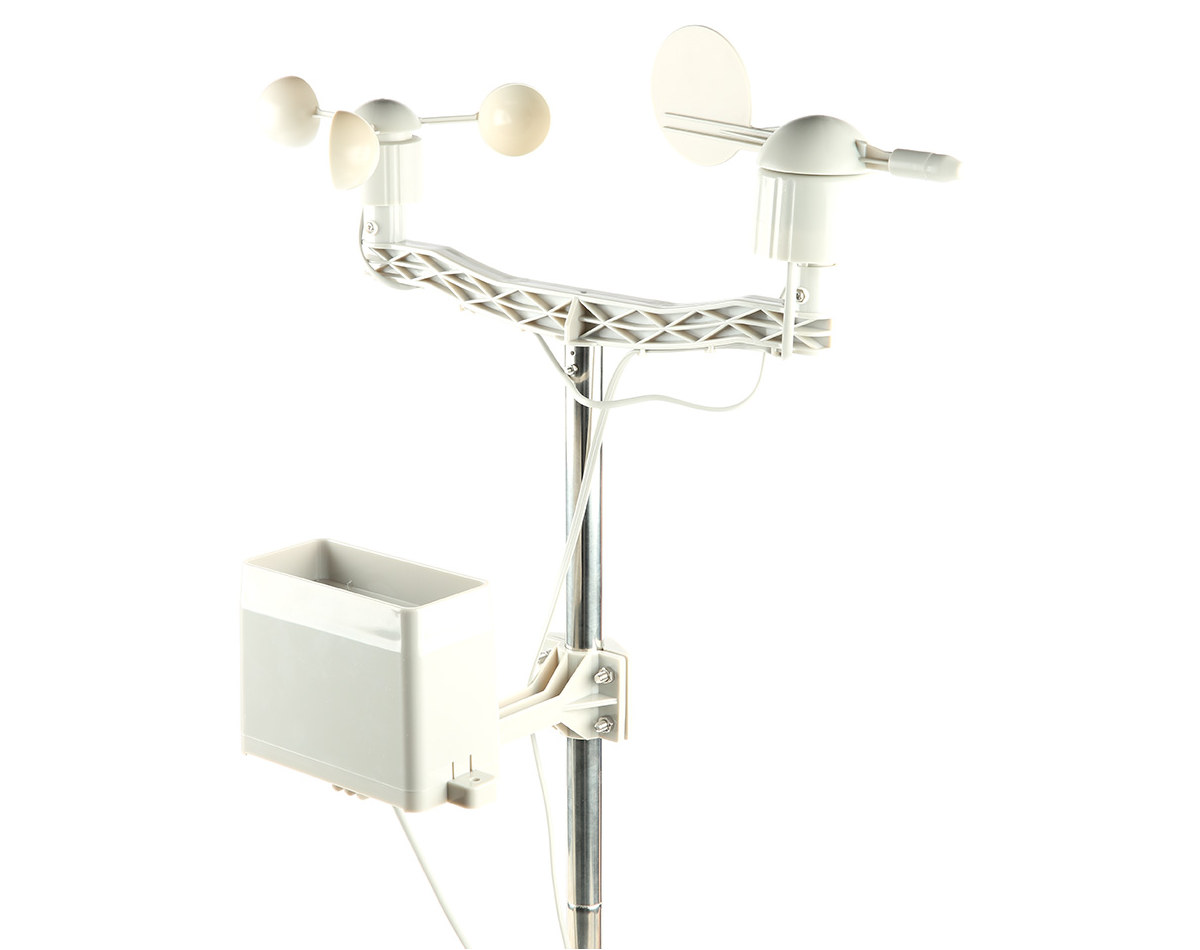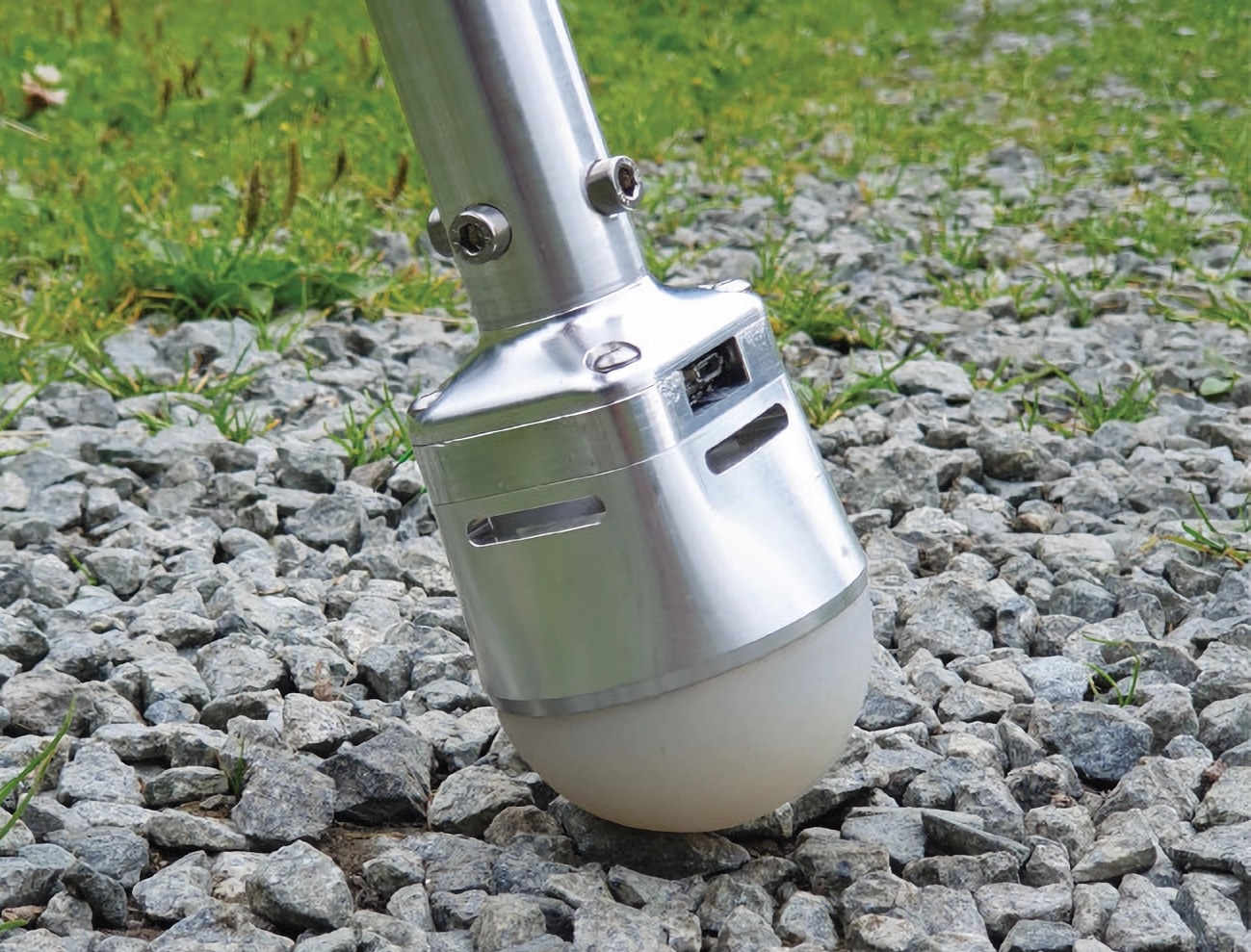Waveshare RP2040-PiZero board is a Raspberry Pi Zero lookalike that features a Raspberry Pi RP2040 microcontroller instead of a Linux-capable application processor. But RP2040 board comes with the same layout as the Raspberry Pi Zero and similar ports including two USB Type-C ports, a mini HDMI/DVI connector, a microSD card slot, and a 40-pin GPIO header, but also adds support for LiPo batteries with a 2-pin connector and a charging circuit. RP2040-PiZero specifications: MCU – Raspberry Pi RP2040 dual-core Cortex M0+ microcontroller @ 133 MHz with 264 kB of embedded SRAM Storage – 16MB SPI flash, microSD card slot Video – Mini HDMI port that can output DVI signals USB – 1x USB Type-C port for data using PIO-USB host/device implementation Expansion – 40-pin color-coded header with 2x SPI, 2x I2C, 2x UART, 4x 12-bit ADC, 16x PWM, 8x Programmable I/O (PIO) state machines for custom peripheral support Misc – […]
M5Dial – An ESP32-S3 smart rotary knob with a touchscreen display
M5Stack M5Dial is a WiFi and Bluetooth-connected smart rotary knob with a round 1.28-inch touchscreen TFT display powered by an ESP32-S3 board, more precisely, the M5Stamp S3 IoT module. The user-programmable device comes with a rotary encoder recording the position and direction of the knob, an RFID module, an RTC, a buzzer, and under-screen buttons, as well as two Grove connectors for expansion enabling all sorts of projects. M5Dial specifications: Wireless MCU module – M5Stack M5Stamp S3 with SoC – Espressif Systems ESP32-S3FN8 dual-core 32-bit Xtensa LX7 microcontroller with AI vector instructions up to 240MHz, RISC-V ULP co-processor, 512KB SRAM, 2.4GHz WiFi 4 (802.11b/g/n), Bluetooth 5.0 BLE + Mesh, 8MB flash 2.4GHz 3D antenna USB – 1x USB Type-C port Expansion connectors for I/Os such as SPI, I2C, UART, ADC, and more Display – 1.28-inch TFT display with 240×240 resolution using GC9A01 driver, and FT3267 capacitive touchscreen controller RFID – […]
Inkplate 4 TEMPERA ePaper display supports ESPHome, Arduino, and MicroPython (Crowdfunding)
Years after years, Soldered Electronics keeps on churning out new ESP32-powered ePaper displays and the latest model is the Inkplate 4 TEMPERA with a recycled 3.8-inch e-paper touchscreen with 600×600 resolution and plenty of sensors and features for a device of that size. The InkPlate 4 TEMPERA comes with a frontlight, a gyroscope, an accelerometer, temperature, humidity, air quality, and gesture sensors, Wi-Fi and Bluetooth connectivity, a built-in battery, and a low-power operating mode. Inkplate 4 TEMPERA specifications: Wireless module – ESP32-WROVER-E with ESP32 dual-core microcontroller with Wi-Fi 4 & Bluetooth 4.0 connectivity Memory – 8MB PSRAM Storage – 4MB flash PCB antenna Storage – MicroSD card slot Display (ED038TH2) 3.8-inch 3-bit grayscale (black, white, and six shades of gray) ePaper display with 600 x 600 pixels resolution Refresh rate 0.18s partial refresh rate in 1-bit (B&W) mode 0.86s full refresh mode in either 1-bit or 3-bit modes Multi-point touchscreen […]
Arduino GIGA R1 WiFi board gets touchscreen display shield
The Arduino GIGA Display Shield is a 3.97-inch RGB touchscreen display designed for the Arduino GIGA R1 WiFi board introduced a few months ago with an STM32H7 dual-core Cortex-M7/M4 microcontroller and a Murata 1DX module for WiFi 4 and Bluetooth 5.1 connectivity. Besides featuring an 800×480 touchscreen display, the new shield offers some other features such as an MP34DT06JTR digital microphone, a Bosch BMI270 six-axis IMU, a 20-pin Arducam camera connector, and an RGB LED. Arduino GIGA Display Shield (ASX00039) specifications: Display – 3.97-inch touchscreen display with 800×480 resolution (model: KD040WVFID026-01-C025A), 16.7 million colors, 5-point touch, connected over I2C Camera I/F – 20-pin ArduCam camera connectors Sensors Bosch SensorTech BMI270 6-axis IMU with 16-bit tri-axial gyroscope and a 16-bit tri-axial accelerometer STMicro MP34DT06JTR MEMS microphone Misc -1x RGB LED (I2C) Supply Voltage – 3.3V Dimensions – 106 x 80 mm The new shield can be mounted to the GIGA R1 […]
LILYGO T-ETH-Lite – An ESP32-S3 board with Ethernet, optional PoE support
LILYGO T-ETH-Lite ESP32-S3 is a new ESP32-S3 WiFi and Bluetooth development board with a low-profile Ethernet RJ45 connector using a WIZnet W5500 Ethernet controller, supporting PoE with an extra shield, and also equipped with a microSD card socket and expansion I/Os. ESP32-based development boards with Ethernet have been around for years including LILYGO’s own “TTGO T-Lite W5500“, but so far we haven’t many based on the more recent ESP32-S3 microcontroller except for the SB Components’ ESPi board that we covered last April. But LILYGO T-ETH-Lite ESP32-S3 adds another cost-effective board with Ethernet. LILYGO T-ETH-Lite ESP32-S3 specifications: Wireless module ESP32-S3-WROOM-1 MCU – ESP32-S3 dual-core LX7 microprocessor @ up to 240 MHz with Vector extension for machine learning Memory – 8MB PSRAM Storage – 16MB SPI flash Connectivity – WiFi 4 and Bluetooth 5 with LE/Mesh PCB antenna Storage – MicroSD card slot Connectivity 802.11 b/g/n WiFi 4 up to 150 Mbps and […]
Sparkfun launches cheaper no-code “DataLogger IoT” board compatible with Qwiic modules
Last May, SparkFun introduced the “Datalogger IoT – 9DoF” no-code platform with support for over 50 Qwiic sensor modules and a built-in 9-axis IMU sensor and magnetometer. Taking into consideration that some users may not make use of the built-in sensors, the company decided to launch a cheaper version called the “DataLogger IoT” that can still get data from Qwiic sensor and GPS modules without any programming thanks to the “no-code” Arduino firmware preloaded on the ESP32-WROOM-32E module. SparkFun DataLogger IoT specifications: Wireless module – ESP32-WROOM-32E with: ESP32 dual-core microcontroller 4MB flash 2.4 GHz WiFi and Bluetooth LE connectivity, built-in PCB antenna Storage – MicroSD card slot USB – 1x USB Type-C port for power and configuration via CH340C Expansion – 2x Qwicc I2C connectors for sensors and/or GPS module Misc Boot and Reset buttons Status and charging LED, WS2812 RGB LED Jumpers to enable/disable LEDs, I2C pull-up resistors, and […]
SparkFun launches ESP32-based “Arduino IoT Weather Station” with Arduino IoT Cloud integration
SparkFun’s Arduino IoT Weather Station is a complete weather station kit leveraging the company’s MicroMod ecosystem with an ESP32 Processor Board and various sensors and developed in collaboration with Arduino for integration into their IoT Cloud service. Most people will check the weather on the Internet or watch the weather forecast on TV, but if you live in a remote area with a micro-climate or just want to have fun building your own weather station, the latest SparkFun kit will allow you to monitor temperature, air and soil humidity, wind speed and direction, lightning, and rainfall data at home and monitor the data from anywhere using a web browser. Arduino IoT Weather Station kit content: MicroMod ESP32 Processor module MicroMod Weather Carrier Board with a BME280 temperature, pressure, and humidity sensor and an AS3935 lightning detector only. The optional VEML6075 UV sensor is NOT included. The Weather Meter Kit with […]
TRACEPaw sensorized paw helps legged robots “feel the floor” with Arduino Nicla Vision
Our four-legged friends don’t walk on tarmac the same way as they do on ice or sand as they can see and feel the floor with their eyes and nerve endings and adapt accordingly. The TRACEPaw open-source project, which stands for “Terrain Recognition And Contact force Estimation through Sensorized Legged Robot Paw“, aims to bring the same capabilities to legged robots. Autonomous Robots Lab achieves this through the Arduino Nicla Vision board leveraging its camera and microphone to run machine learning models on the STM32H7 Cortex-M7 microcontroller in order to determine the type of terrain and estimate the force exercized on the leg. But the camera is apparently not used to look at the terrain, but instead, at the deformation of the silicone hemisphere – made of “Dragon Skin” – at the end of the leg to estimate 3D force vectors, while the microphone is used to recognize terrain types […]


